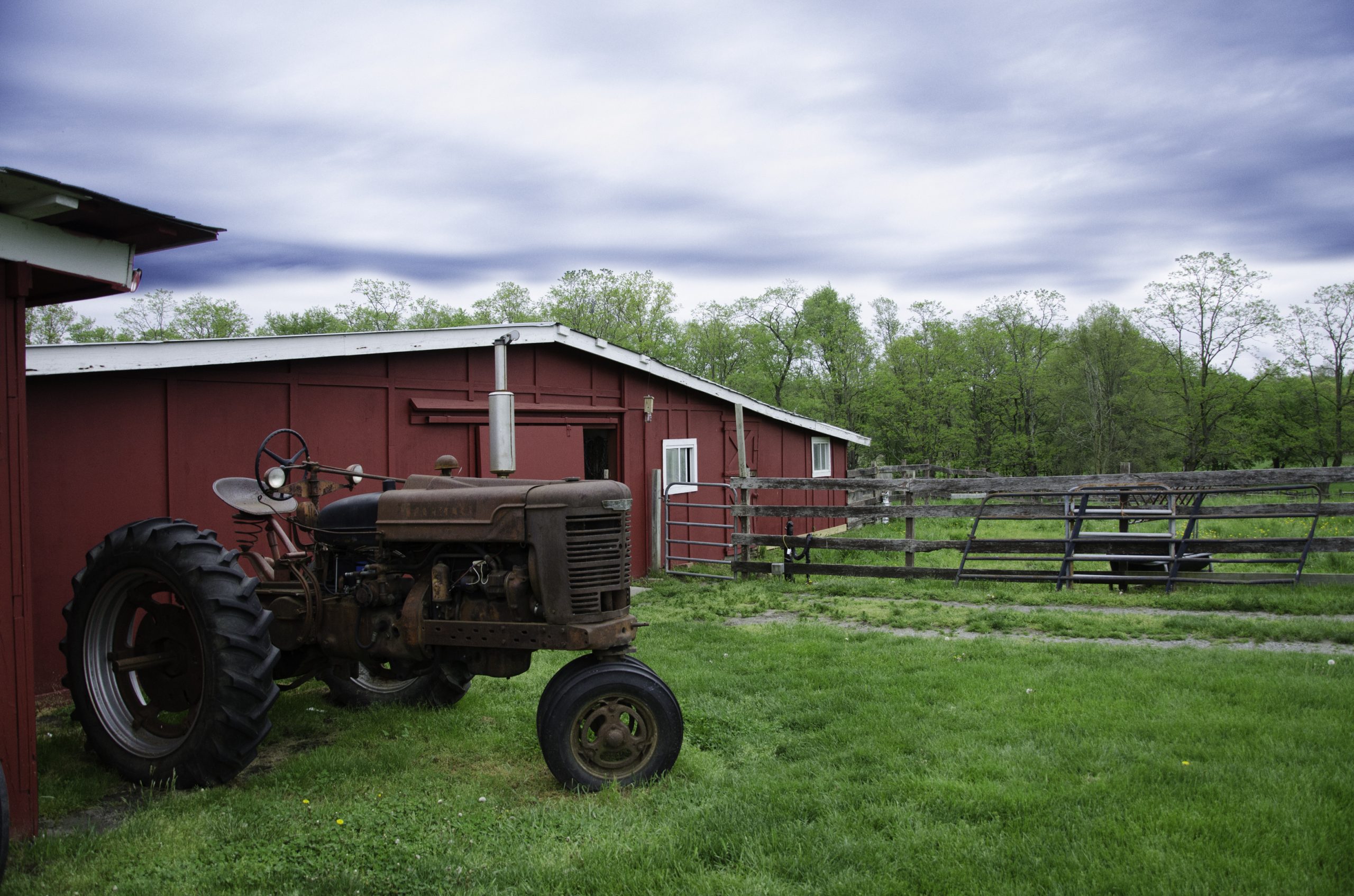While financial constraints can be a significant challenge for farmers running smaller scale operations, there are several strategies and resources that can be leveraged to overcome these limitations. Below we’ve outlined 4 considerations for smaller scale farmers to bring in capital, increase sales and better manage the business.
Seek Support Available from Nonprofit’s and Government Agencies
The ecosystem supporting small and midscale farmers selling direct is enormous, too many to count, actually. This support network is made up of national, regional and local organizations offering grants, subsidies, loans, and technical assistance programs specifically tailored for small farmers. These programs can provide financial support, access to resources, and expertise in areas such as farm planning, sustainable practices, and market development. Local and regional organizations may even be able to offer more tailored advice, such as what to plant to meet the needs of the local markets.
It makes a lot of sense to research and reach out to your local and regional organizations to explore available funding opportunities and support programs. Often these regional and local organizations will have a good idea of the support available not only at the local level, but at the national level as well. It’s worth mentioning that there are three national governmental bodies with programs directed specifically at local food producers:
- U.S. Department of Agriculture (USDA): The USDA supports local food through various programs, such as the Farmers Market Promotion Program (FMPP) and the Local Food Promotion Program (LFPP).
- National Institute of Food and Agriculture (NIFA): NIFA provides grants and funding for research and programs related to local food systems, including the Community Food Projects (CFP) Competitive Grant Program.
- Food and Nutrition Service (FNS): FNS oversees programs like the Supplemental Nutrition Assistance Program (SNAP) and the Farmers Market Nutrition Program (FMNP), which promote access to local, fresh foods for low-income individuals and families.
Additionally, one organization we’ve run across worth exploring is FarmRaise. These folks might be able to assist in wading through the different options and help you kick off your USDA funding journey.
Build Diverse Income Streams
As we all saw with Covid, it makes sense to have more than one sales channel in order to spread out risk. For example, if your only sales channel is at a farmer’s market, consider experimenting with a CSA that has a pick up at the farmers market and another location. Get emails of interested customers at your farmers market stall, then market your next season’s CSA to those customers. Customers will tell their friends, possibly offering a new income stream and a consistent customer base.
You could also setup an online store so you can take orders in your sleep – be it for your CSA or for orders to be a picked up at your farmers market booth or your farm stand. Add the store link to your website and social media pages.
Wholesale is another option worth exploring. More and more, local independent grocers are looking to buy from local producers. Read our article about what you need to know in order to work with grocery store buyers.
Consider adding value-added activities such as canning, pickling and fermenting, obviously in accordance with your state and local food handling regulations. Value added products typically carry a higher profit margin and have a longer shelf life than fresh produce and proteins.
Agritourism, not without it’s headaches, is another option for income diversification. The type of agritourism appropriate for your farm can vary depending on your on-farm setup. Here are a few ideas to think over:
- farm-to-table dinners;
- farm events such as live music or festivals;
- educational farm experiences; such as programs and workshops that provide visitors with hands-on experiences in farming and agriculture are gaining popularity;
- farm-based accommodations ranging from traditional bed and breakfast setups to more unique lodging options like glamping (luxury camping) on farms;
- Agricultural Entertainment: Farms are diversifying their offerings by incorporating entertainment elements. This can include activities such as corn mazes, petting zoos, hayrides, pumpkin patches, and pick-your-own fruit or vegetable operations.
Collaborate and Form Cooperatives
Collaborating with other small farmers through cooperative models can help reduce individual costs and increase bargaining power. Looking back, before farmers believed they had to “get big or get out,” they worked together – sharing harvest equipment and rotating resources to help their neighbors until everybody’s harvest was in and all had a successful season. The same concept spawned the advent of farmers markets – a localized place all the regional food producers could go to sell their products.
Times might be a lot different in many ways than 100 years ago. But small farms, working together, can create a dynamic and powerful regional food system ensuring everyone’s success.
Adopt Efficient Farm Management Practices
Implementing efficient farm management practices and record keeping can help you optimize resources and reduce costs. This includes carefully planning crop rotations, optimizing fertilizer and pesticide use, utilizing water conservation techniques, and adopting appropriate technologies. There are quite a number of online tools that can help you manage your farm. Efficient resource management can enhance productivity, minimize waste, and ultimately improve the financial performance of the farm.
Sound financial planning and record-keeping systems will help you gain a better understanding of your farm’s financial performance. This includes tracking expenses, revenues, and profitability for different crops or livestock enterprises. Regularly analyzing financial data can help identify areas for cost reduction, assess the profitability of different activities, and make informed decisions about resource allocation and diversification.
In Summary
It’s important to engage with local agricultural extension services, farm organizations, and industry networks to stay informed about available resources, funding opportunities, and best practices. Building a strong support network and continuously seeking knowledge and assistance can significantly help overcome financial constraints.
